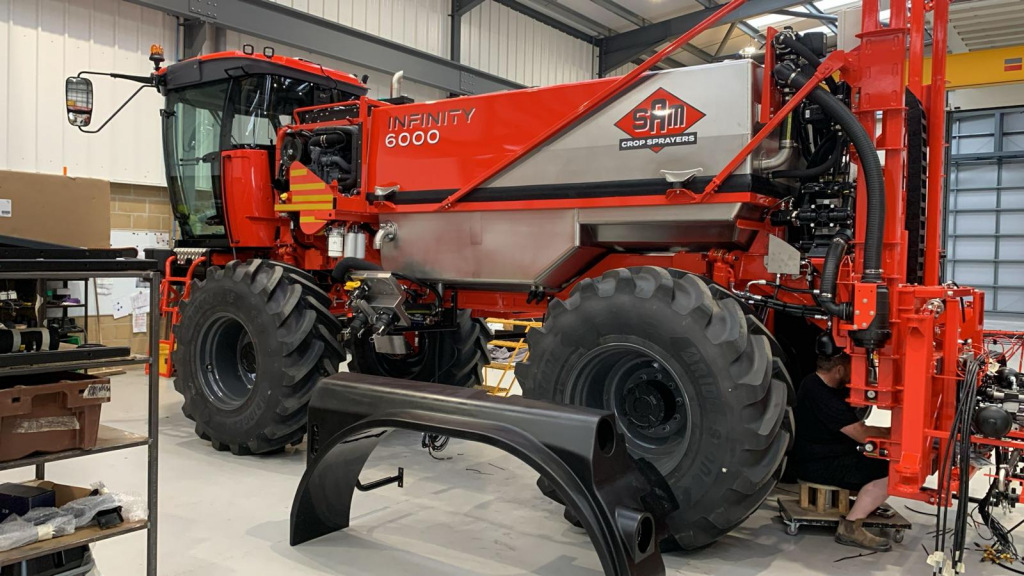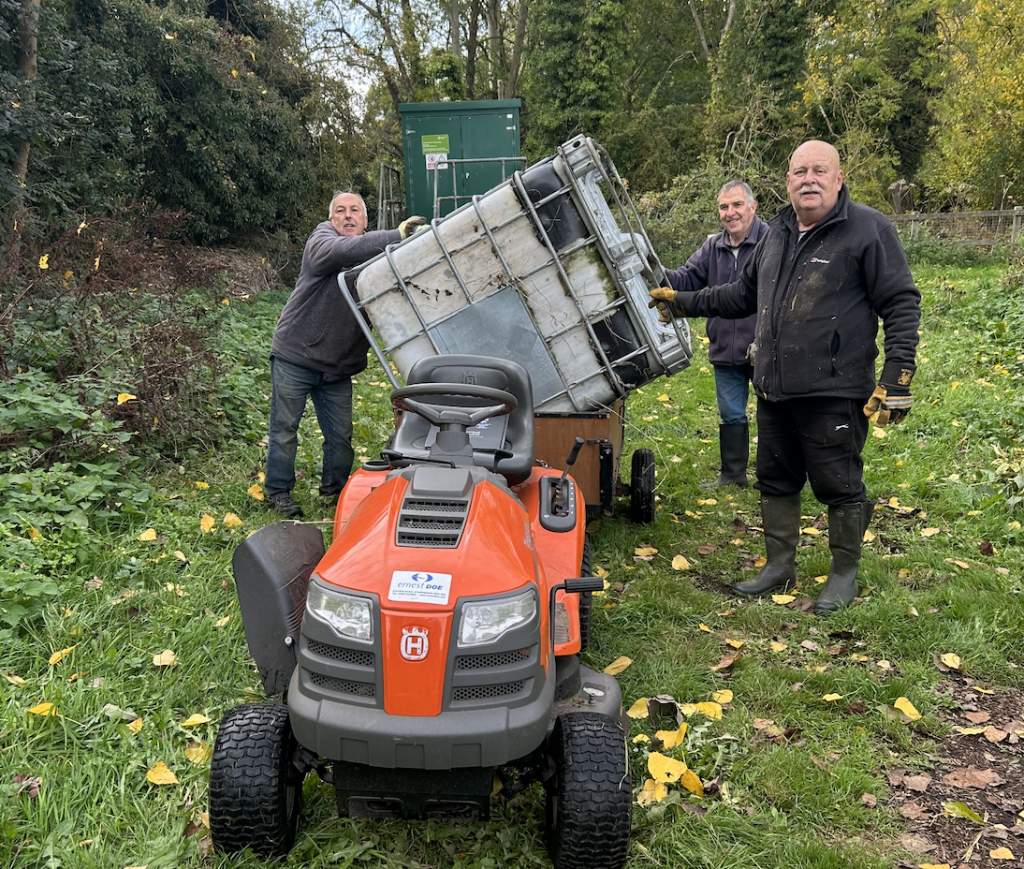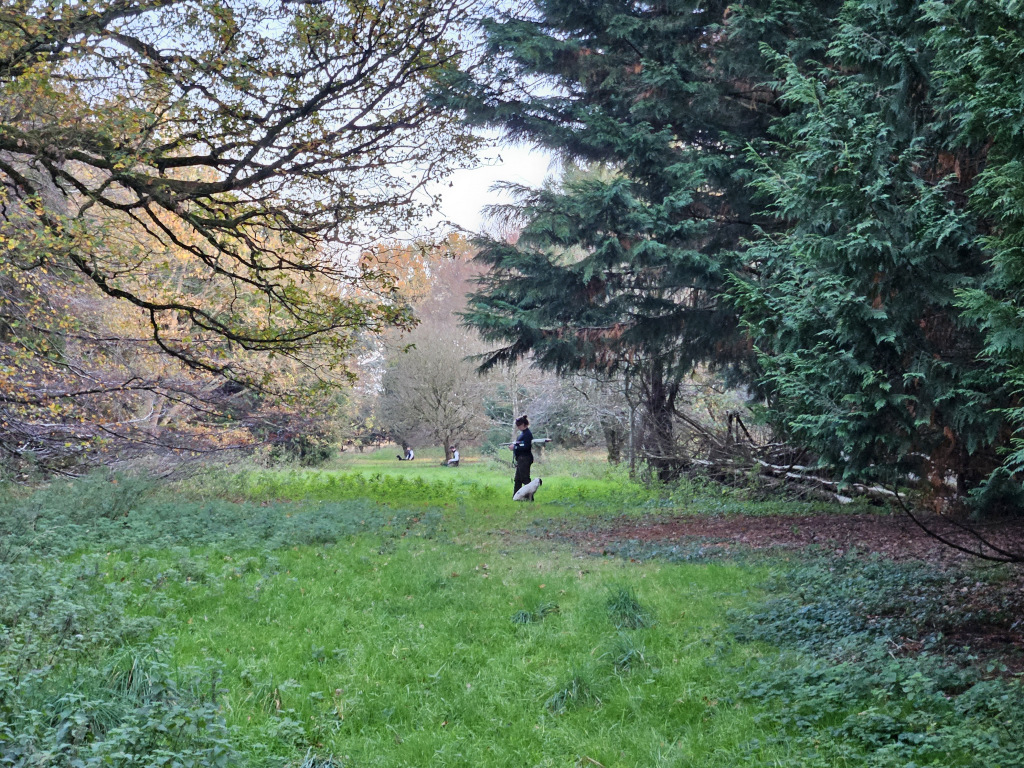Our mystery farmer in the Wymondham area takes a break from compiling inbound mass flow reports to tell you what he’s been up to in the last month.
The harvest began early this year, the dry weather having caused our crops to ripen a couple of weeks earlier than usual. Some parts of the country have seen very little rainfall, but fortunately, the land around Wymondham contains enough clay to retain a degree of moisture in the soil. Travel a short distance west, however, and the Breckland soil is much sandier, meaning any rainfall quickly drains away and crop yields suffer as a result. World wheat prices remain low due to good harvests elsewhere, however, meaning British farmers face a triple whammy of high costs, low yields and low prices this year.
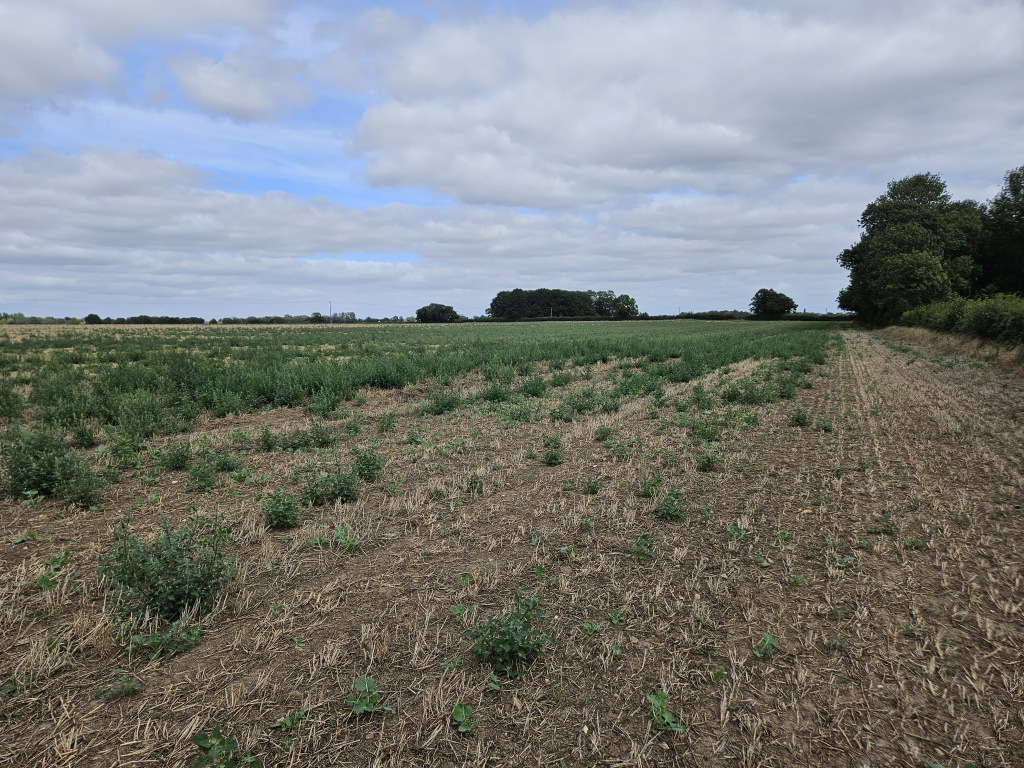
On a brighter note, the fruit in the orchard and the blackberries in the hedgerows look to be yielding another “mast year”, the supposedly once in a five- to seven- year event (that happened last year too). The dry weather has meant that the Victoria plums are smaller than perhaps is normal, but the branches groan under the weight of the fruits – the apple trees too. The horse chestnuts and oaks brim with conkers and acorns that the children and I will pot up shortly to grow some trees.
Have you noticed and wondered why your house is full of spiders this time of year? August and September are their mating season, so they come out more often in search of a mate. House spiders and harvest spiders (which are often erroneously thought to move into the home from the recently harvested fields) are both active around now and even predate on each other, as well as flies and other insects. Harvest spiders can eat house spiders, but house spiders do not generally eat harvest spiders. Female house spiders will eat the male house spiders when they die after mating.
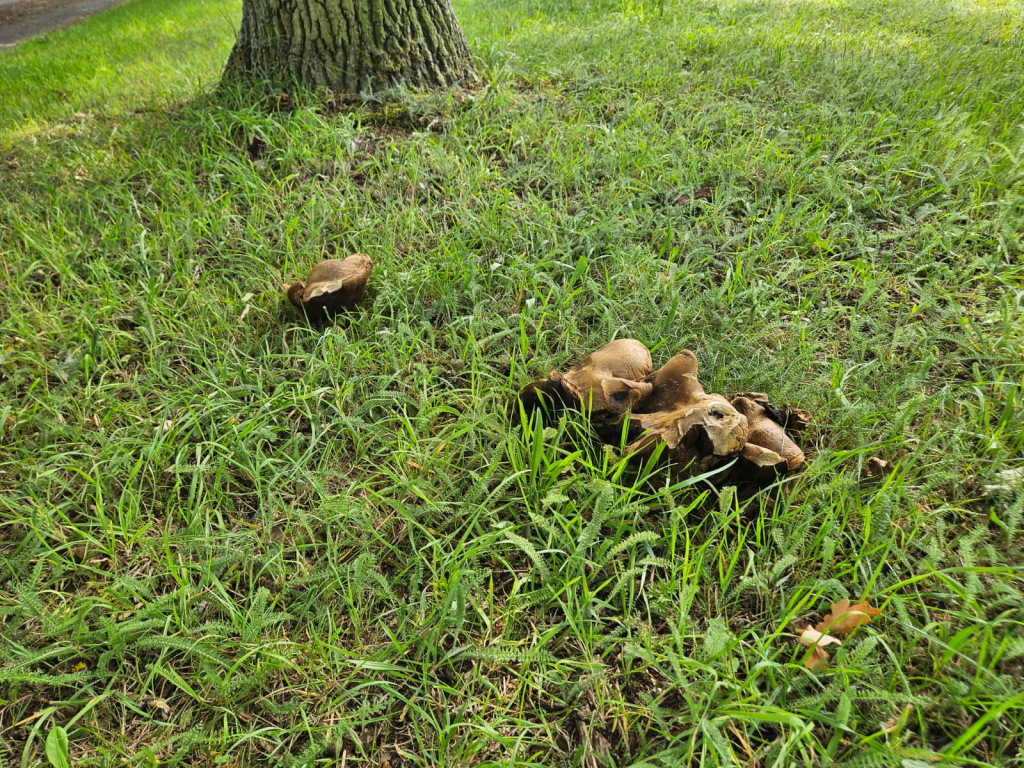
You’ll also be aware that spiders are prolific consumers of house flies, which is just as well because various farmers, Anglian Water and other waste producers will be spreading manure on the fields after harvesting and shortly before incorporating the nitrogen content of muck into the soil. This – aside from causing a plague of flies in Wymondham and some unmistakable summer smells – helps the crops to grow. We also spread chalk, lime, salts, straw ash, chicken litter ash and bone meal ash to replenish various important elements in the soil that the growing of crops uses up.
The harvest collected and safely in the shed for winter, we turn to drilling the fields with winter sown crops for next year’s harvest. Many of our crops are now planted using a direct drill or minimum tillage drill that run straight over the top of the stubble from last year’s crops. Traditional ploughs are out of favour in current UK agricultural best practice, they being bad for soil structure and good at releasing carbon dioxide into the atmosphere. That said, ploughs are still needed after growing sugar beet, in very wet weather, on certain types of land – and for incorporating muck! – and remain an important tool in a farm’s machinery inventory. Technology has largely replaced the skill of ploughmen of old in drawing straight furrows across the field, but one place where the skill lives on is at the annual Carleton Rode drawing match, taking place on Saturday 6th September this year. Anyone is welcome to pay to have a go at ploughing a furrow, using one or more vintage tractors, with proceeds going to local charities. There will be a cash bar, BBQ and heavy horse demonstration, and children’s toy tractor play area. It’s a lovely afternoon – and if it rains, it will have the bonus of being beneficial to the crops we’ve already sown.




